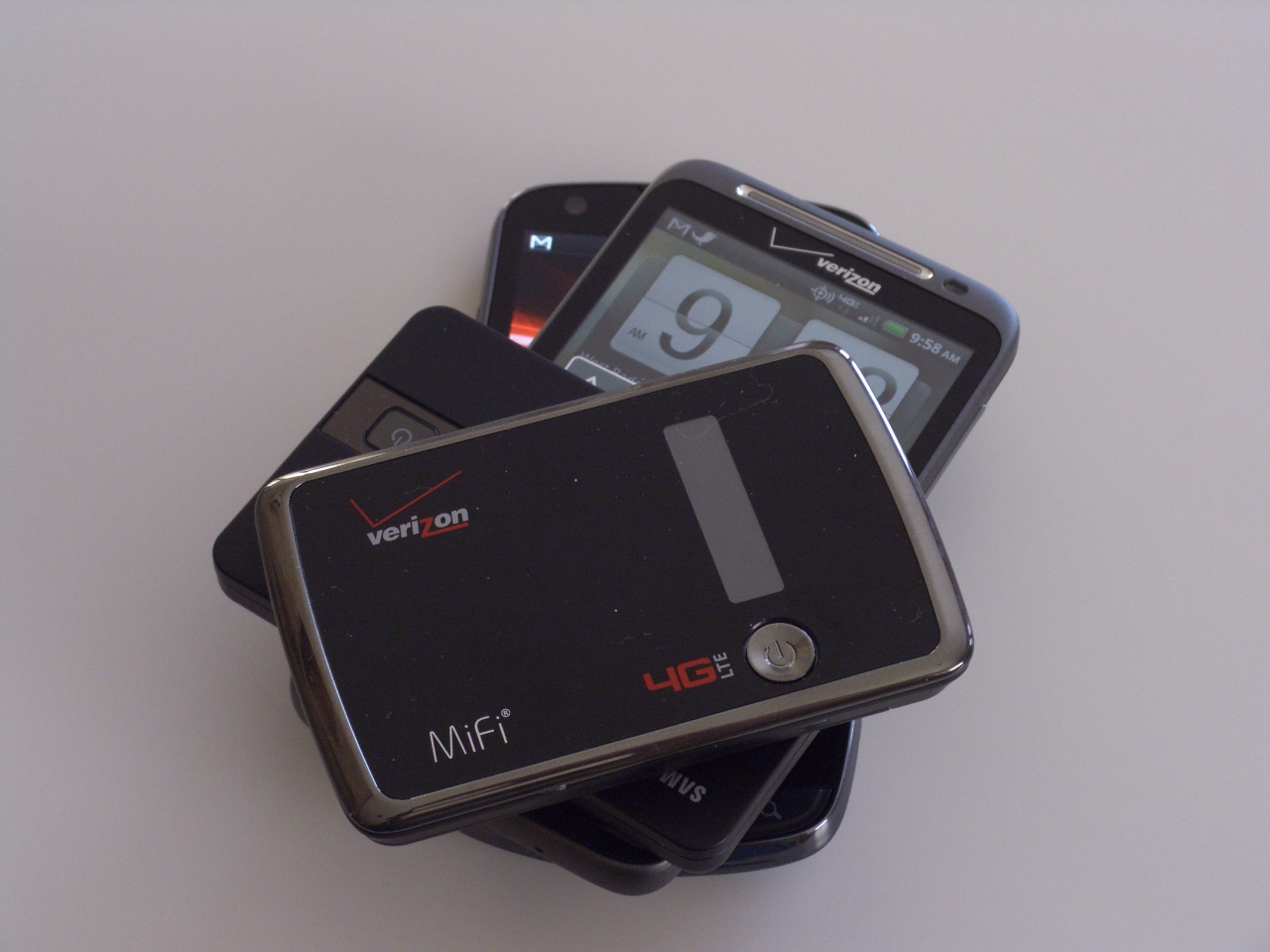Verizon 4G LTE network outage: not all devices are created equal


By design, 4G-capable devices of all types should always try to connect to the fastest network available at connection time. In the case of these 4G devices, that network should be the first one to get a connection attempt. Failing that, the smartphone or mobile hotspot should drop down to the Verizon 3G (EVDO) network to provide the next best connection. In the rare instance that both the 4G and 3G networks are not available, the device should then drop down to the ancient 1xRTT network to at least get the user online, albeit very slowly.
That's the way it is supposed to work, but during the massive 4G outage it didn't happen like that. I am in the rare position to have four Verizon 4G-capable devices in Mobile News Manor, my home office. There are two smartphones, the HTC Thunderbolt and the Droid Charge, and two hotspots, the Samsung 4G LTE Mobile Hotspot and the Novatel 4G LTE MiFi. The Thunderbolt was the first smartphone available for Verizon's 4G network, and the Droid Charge was due for release today but has apparently been delayed, likely due to the network problems. The Samsung and Novatel hotspot devices are both designed to work with the Verizon 4G and 3G networks, depending on which is available at the time of connection.
I tested all four devices repeatedly during the 4G network failure to see how they handled it. Having no 4G network available in my area that is normally covered is no different than using these devices in areas lacking Verizon 4G coverage. The 3G network should have been accessible no matter what. The two smartphones both handled this situation differently, and neither in a good way.
Connect slowly or not at all »
The Droid Charge, which showed up here in the Manor yesterday during the outage, didn't handle the service stoppage as well as the Thunderbolt. The Charge simply refused to make any data network connection at all, no matter what I did. The phone was offline the entire service stoppage, and only became a smartphone again once the 4G network returned online. This is no doubt why Verizon is reportedly delaying the launch of the Droid Charge, originally scheduled for today, until some point in the future. You can't release a phone that can't get online.
The two mobile hotspots also handled the outage in different ways. The Samsung Mobile Hotspot properly recognized that the 4G network was not available and promptly connected to the 3G network. That's the way it's supposed to work, and it did. The Novatel MiFi, however, was unable to see either the 4G or the 3G network and was thus unable to connect to either. This left the MiFi as dead as the Charge for the duration of the service outage.
No network is going to stay up 100 percent of the time, and Verizon's 4G network is no exception. That's why the devices that access the networks are designed with redundancy to allow connections to slower networks. Slower connections are better than no connection, and mobile professionals depend on that to work. My experience shows that is far from the case, and Verizon and its partners need to get this straightened out so in the rare instance of a network outage, customers can depend on devices to deal with it properly. Only one device handled the stoppage properly out of the four currently available to work on the Verizon 4G network; that's a pretty poor success ratio in my book.
See related coverage: